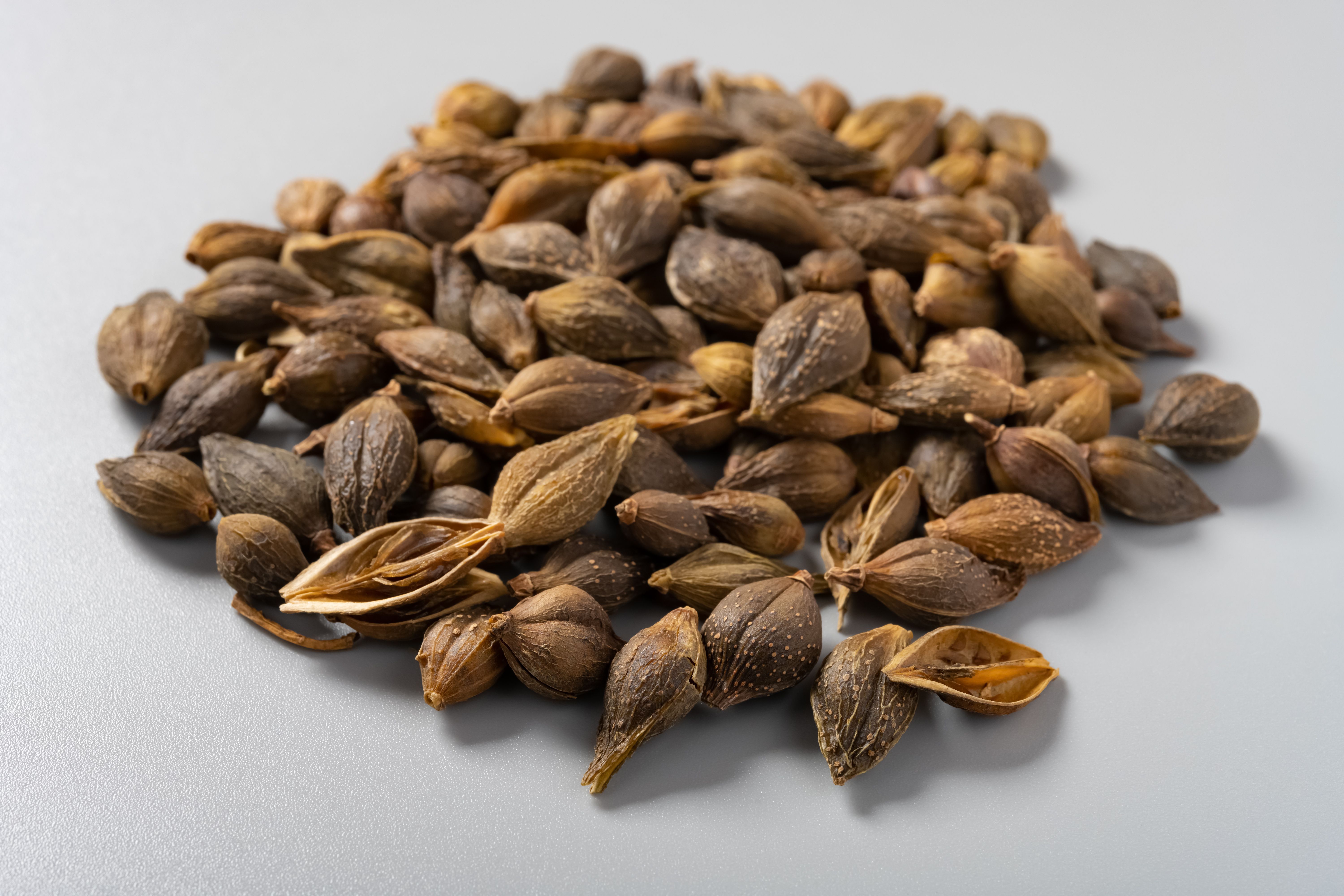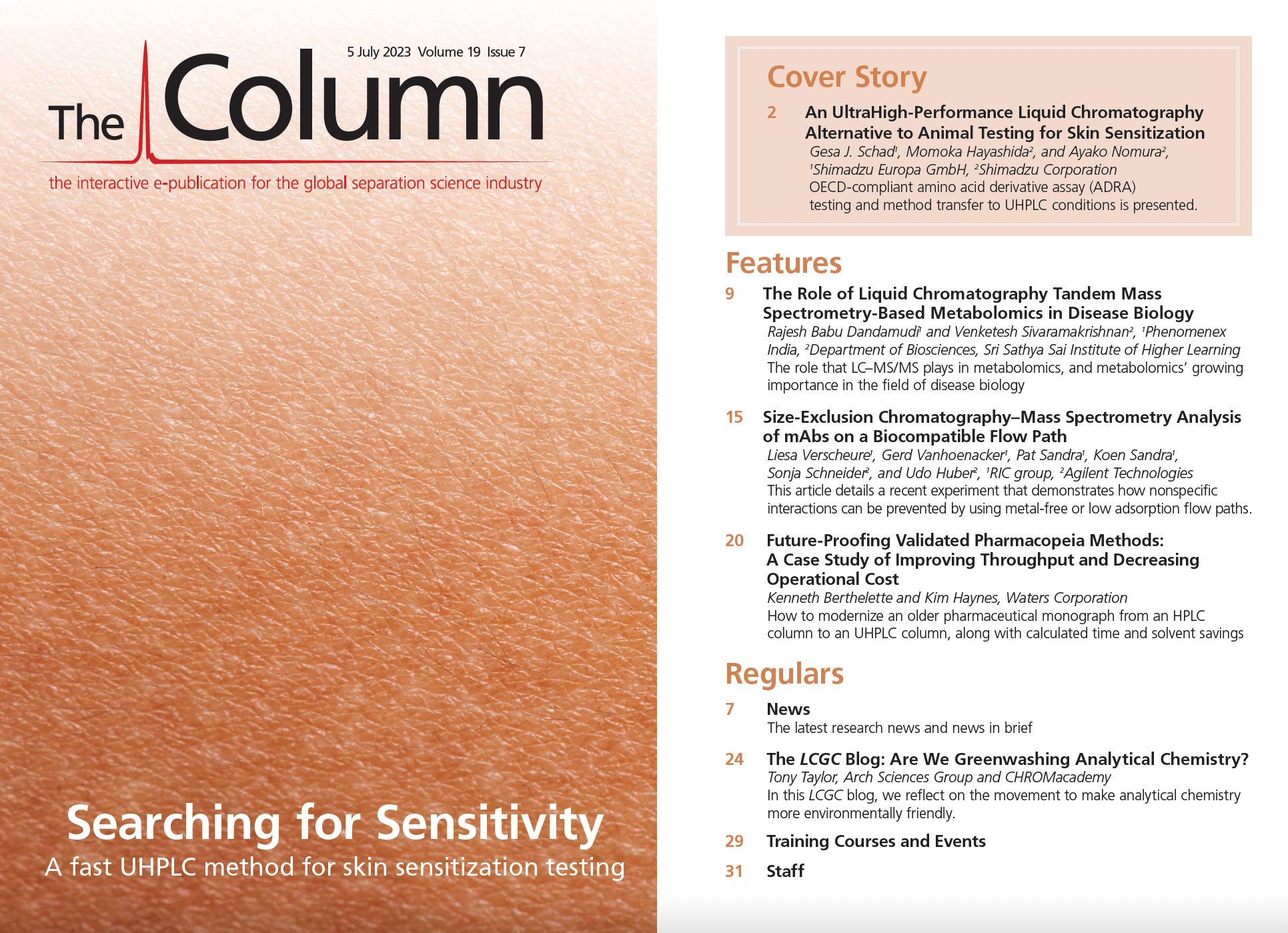Solvent-Based Extraction for Lignan HPLC Analysis in Forsythiae Fructus
A team of researchers from the School of Pharmacy at Shanxi Medical University in Taiyuan, China, has proposed a supramolecular solvent-based dispersive liquid–liquid microextraction for the extraction and determination of lignans in Forsythiae fructus combined with high performance liquid chromatography (HPLC) (1).
side view herb Lianqiao or Forsythiae Fructus or Weeping Forsythia Fruit | Image Credit: © Freer - stock.adobe.com

Forsythiae fructus, also known as the fruit of Forsythia suspensa, is the common name for a traditional Chinese medicinal herb that has been used for centuries to treat various ailments such as inflammation, fever, and infections.
For this study, the researchers synthesized a supramolecular solvent consisting of tetrabutylammonium bromide and n-hexanol and mixed it with the sample solution to extract the analytes by a vortex. After completing the extraction, the extraction phase was separated by centrifugation and collected for HPLC analysis.
Several important extraction variables, such as the type and amount of extraction solvent, pH and salt amount in the sample phase, and extraction time, were optimized for this study. Under the optimal conditions, the analytes’ enrichment factors were between 6–170 for the proposed procedure. The researchers obtained satisfactory linear ranges (r ≥ 0.99), detection limits (0.025–0.4 ng/mL), precisions (<9.2%), and accuracies (recoveries were between 96.5–104.8%).
The proposed method offers a potential alternative to existing methods for the analysis of lignans in medicinal plants. The supramolecular solvent-based dispersive liquid–liquid microextraction has the advantages of simplicity, low cost, and environmental friendliness compared to traditional methods.
The researchers believe that this study’s results could provide a valuable reference for the extraction and analysis of lignans in medicinal plants and contribute to the development of efficient and environmentally friendly analytical methods for natural products.
Reference
(1) Qin, Y.; Wang, R.-Q.; Xing, R.-R.; et al. Dispersive Liquid-Liquid Microextraction Based on a Supramolecular Solvent Followed by High-Performance Liquid Chromatographic Analysis of Lignans in Forsythiae Fructus. J. Sep. Sci. 2023, 46 (5), 2200719. DOI: 10.1002/jssc.202200719

HILIC Peptide Retention Times Predicted Using New Approach
October 29th 2024Manitoba Centre for Proteomics and Systems Biology scientists produced a new means of predicting peptide retention times for hydrophilic interaction liquid chromatography (HILIC) at acidic pH in formic-acid based eluents.